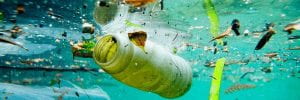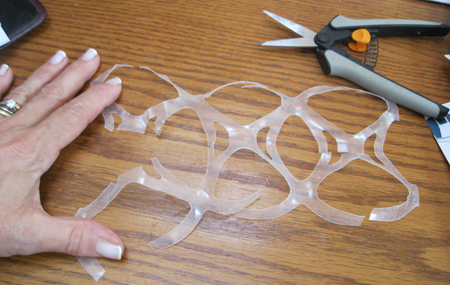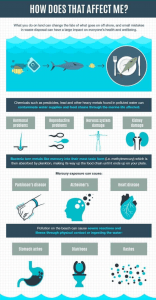Hey Ocean Olympians! For this week’s blog post, we’re focusing on the underlying issue of ocean pollution: where it comes from. of the ocean littered with all kinds of trash, but have you ever taken the time to reflect on how it got there? Today, we’re gonna highlight some of the ways trash makes its way to the ocean.
- Littering
We all know that there’s no excuse for littering, so why do people still do it? We may never know the answer to that question, but as the World Wildlife Fund states, trash dropped on the streets isn’t magically thrown away into a bin. Instead, rainwater and wind drag this waste into street drains, which ultimately is filtered back to the ocean. Remember, all drains lead back to the ocean! So next time you see trash littering the street, if it’s safe to pick up, properly dispose of it in a trash or recycling bin. It only takes two seconds, and your oceans will thank you!

It takes almost no effort to dispose of your litter properly! Image provided by actionforrenewables.org
2. Products Going Down the Drain
There are so many types of products we flush down the toilet daily, and we probably don’t think twice about it. According to ocean.org , there are four products that are considered sinful to flush. First, wet wipes. Whether it be makeup wipes or baby wipes, this boujee toilet paper is responsible for clogging sewage pipes and releasing thousands of microfibers that are harmful to marine life. Another product is kitchen grease. When poured down the kitchen sink, the oil in your cooking pan forms into a solid, causing another form of sewage blockage. This eventually releases into the ocean as a form of pollution.
A third waste are, surprisingly, contact lenses, which are made up of a bendable plastic. Sorry to contact lense users (myself included!), but throwing them down the drain causes the plastic to break into smaller plastic particles, invading the ocean. Finally, we have pills. Flushing pills down the drain releases all sorts of chemicals and hormones into the ocean, causing harm to all sorts of marine life.
3. Recyclable Materials That Aren’t Recycled
Okay, we know that everyone is guilty of not recycling something that could’ve been recycled just out of sheer negligence. According to Greenpeace, plastics that end up with regular landfill, are at risk of being blown away into the environment, and can make their way into drains. The best thing we can do to prevent this is simple…recycle! Have a recycling bin separate from regular trash, and be proactive when throwing away waste. Even better, try to eliminate plastic all together! Baby steps include using reusable shopping bags, reusable water bottles, and using glass containers. There’s so many more plastic free alternatives, and if you’re looking for some ideas, check out My Plastic Free Life, as they list 100 alternatives!
Knowing that ocean pollution begins with what we decide to put down the drain, or throw on the street, is something that we can learn to correct. By simply recycling plastics, or being conscious of throwing away contact lenses in the trash rather than down the sink can help clean our seas and keep waste out of our beautiful oceans!
Written by Sofia, Edited by Skylar



 While turtles are also known to be killed from ingesting plastics, they are widely affected by fishing netting and plastic soda rings. These pollutants become wrapped around the turtles neck and shell making it tough to breath and move around. A way of helping this issue is to make sure to cut your plastic soda rings before you throw it away. While you may be throwing it in a trash bin there is still a possibility of it ending up back in the ocean. Cutting soda rings can aid with other marine life as well.
While turtles are also known to be killed from ingesting plastics, they are widely affected by fishing netting and plastic soda rings. These pollutants become wrapped around the turtles neck and shell making it tough to breath and move around. A way of helping this issue is to make sure to cut your plastic soda rings before you throw it away. While you may be throwing it in a trash bin there is still a possibility of it ending up back in the ocean. Cutting soda rings can aid with other marine life as well. 
